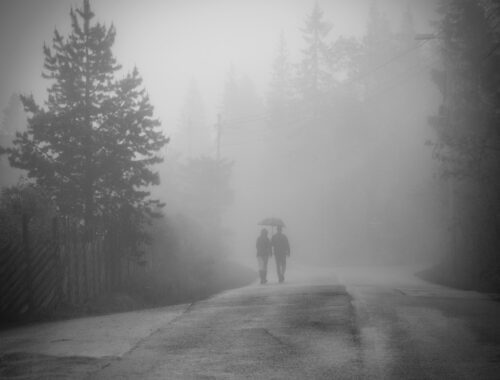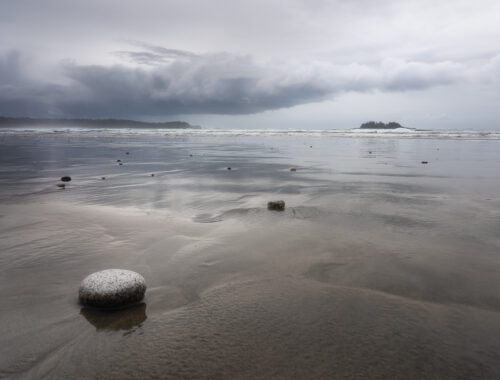
The Plethora of Landscape Photography Learning Resources: A Boon or a Bane?

In the yesteryears, the path to learning photography was a straight, albeit arduous, one. Aspiring photographers usually sought mentorship from established professionals in the field, hoping to glean invaluable wisdom and techniques from them. Securing an apprenticeship under a renowned photographer was a coveted position that required determination and perseverance. These mentorships offered holistic learning opportunities, from maintaining gear and developing images to conducting a gallery show, all under the aegis of the mentor.
The modern landscape of photography education has seen a seismic shift. Today, almost 90% of budding photographers find their first teachers in the form of YouTube tutorials. Does this democratization of knowledge and resources signify an enhancement in learning opportunities, or does it inadvertently stifle creativity?
The Traditional Mentorship: A Double-Edged Sword
While the traditional mentorship model undoubtedly offered in-depth and well-rounded training, it was often marred by its limited availability. Yet, this very limitation also ensured a consistent learning approach, often culminating in the mentee setting up their own photography business.
The Modern Learning Space: A Blessing or a Curse?
The current era offers a plethora of learning sources, with innumerable tutorials available at a click. The biggest allure? Most of them are free. Consequently, many photography enthusiasts find themselves binge-watching as many tutorials as possible. Paradoxically, this abundance of resources might be an impediment to one’s creativity in landscape photography.
Diverse Mentors, Diverse Techniques: A Creativity Block?
The exposure to numerous mentors and myriad techniques to execute a task can result in an overload of information, causing a creative blockade. The crux of photography education is individual experimentation. It involves internalizing an idea, practicing it repeatedly, refining it, and aligning it with your unique perspective to yield satisfying results.
Photography education is akin to learning to swim. You might learn the techniques from a coach, but you’ll only master it when you plunge into the waters yourself.
The Role of YouTube: A Guide or a Distraction?
This isn’t to dismiss YouTube as a viable photography education source. The key lies in balanced consumption. Identify one or two photographers whose work resonates with you. Imbibe their techniques and ideas through their tutorials, and then venture into the field. Click as many pictures as possible and work on refining your techniques until you’re satisfied with the results. Only after this, should you seek another mentor if required.
A handy rule of thumb to follow is to practice a technique 20 times or more for each concept learned. Anything less might leave you a mere spectator of photography tutorials.
The technical aspect of photography is fundamentally simple. The essence of photography lies in you, the photographer. And there’s no shortcut to honing this essence apart from consistent practice, experimentation, and learning from your mistakes.
Frequently Asked Questions (FAQs)
- Is it beneficial to watch numerous photography tutorials?
While learning from diverse sources can provide different perspectives, it can also lead to an overload of information and potentially stifle creativity. Focused learning from a few mentors, coupled with consistent practice, is more beneficial. - Is YouTube a recommended source for learning photography?
Yes, YouTube is a valuable resource for learning photography. However, it’s essential to strike a balance. Choose a few photographers whose work resonates with you, learn their techniques, and practice them extensively. - Can I become a good photographer just by watching tutorials?
Watching tutorials can certainly equip you with the technical know-how. However, the essence of good photography lies in consistent practice, experimentation, and individual creativity.
Conclusion
The surge in learning resources for landscape photography can be both a blessing and a challenge. While it has democratized knowledge and made learning more accessible, it may also lead to information overload and creative stagnation. The key lies in balanced and focused learning, coupled with extensive practice. After all, the heart of photography is you, the photographer, and there’s no substitute for consistent practice and exploration.




